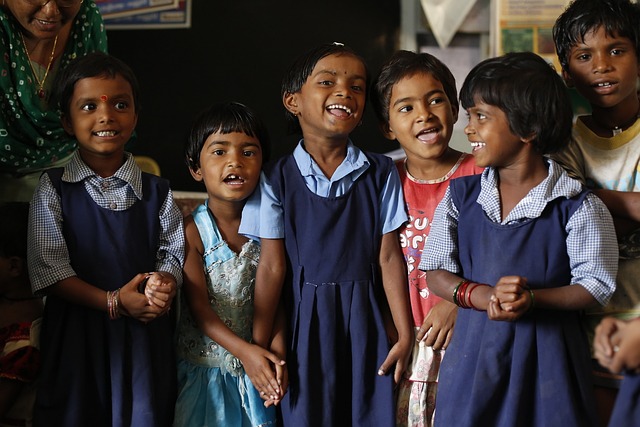Government intervention plays a crucial role in promoting rainwater harvesting through various policies, initiatives, and support mechanisms. Based on the search results, here are some key ways governments have contributed to increased adoption of rainwater harvesting:
Policy and Regulatory Framework:
- Formulating national water policies that include provisions for rainwater harvesting, such as India’s National Water Policy 2012.
- Enacting laws and regulations to make rainwater harvesting mandatory in certain areas or for specific types of buildings.
- Developing model building bylaws that include rainwater harvesting requirements, like India’s Model Building Bye-Laws 2016.
- Financial Incentives:
- Providing subsidies to farmers and households for implementing rainwater harvesting systems.
- Offering rebates for installation of rainwater tanks and cisterns, as seen in cities like Albuquerque, Austin, and San Antonio.
- Allocating funds for rainwater harvesting projects through various government schemes and programs.
- Technical Support and Capacity Building:
- Establishing specialized government bodies to provide expertise and guidance on rainwater harvesting techniques.
- Training municipal staff and local authorities on rainwater harvesting implementation.
- Conducting aquifer mapping and groundwater assessments to inform rainwater harvesting strategies.
- Awareness and Education:
- Launching public awareness campaigns about the importance of rainwater harvesting and water conservation.
- Incorporating water conservation education into school curricula and community programs.
- Integration with Development Programs:
- Including rainwater harvesting as a component in broader rural and urban development schemes.
- Promoting rainwater harvesting as part of climate change adaptation strategies.
- Research and Innovation:
- Funding research on improved rainwater harvesting techniques and technologies.
- Supporting pilot projects to demonstrate the effectiveness of rainwater harvesting systems.
- Collaborative Approaches:
- Forming alliances and partnerships with NGOs, private sector entities, and community organizations to promote rainwater harvesting, like the Rooftop Rainwater Harvesting Alliance in Uganda.
- Monitoring and Evaluation:
- Implementing systems to monitor the impact of rainwater harvesting initiatives on water availability and usage.
- Regularly evaluating and adjusting policies based on outcomes and changing needs.
These government interventions have been instrumental in overcoming barriers to adoption, creating a supportive environment for rainwater harvesting, and driving cultural shifts towards more sustainable water management practices. The combination of regulatory measures, economic incentives, and educational efforts has helped to mainstream rainwater harvesting as a viable water conservation strategy in many regions.

